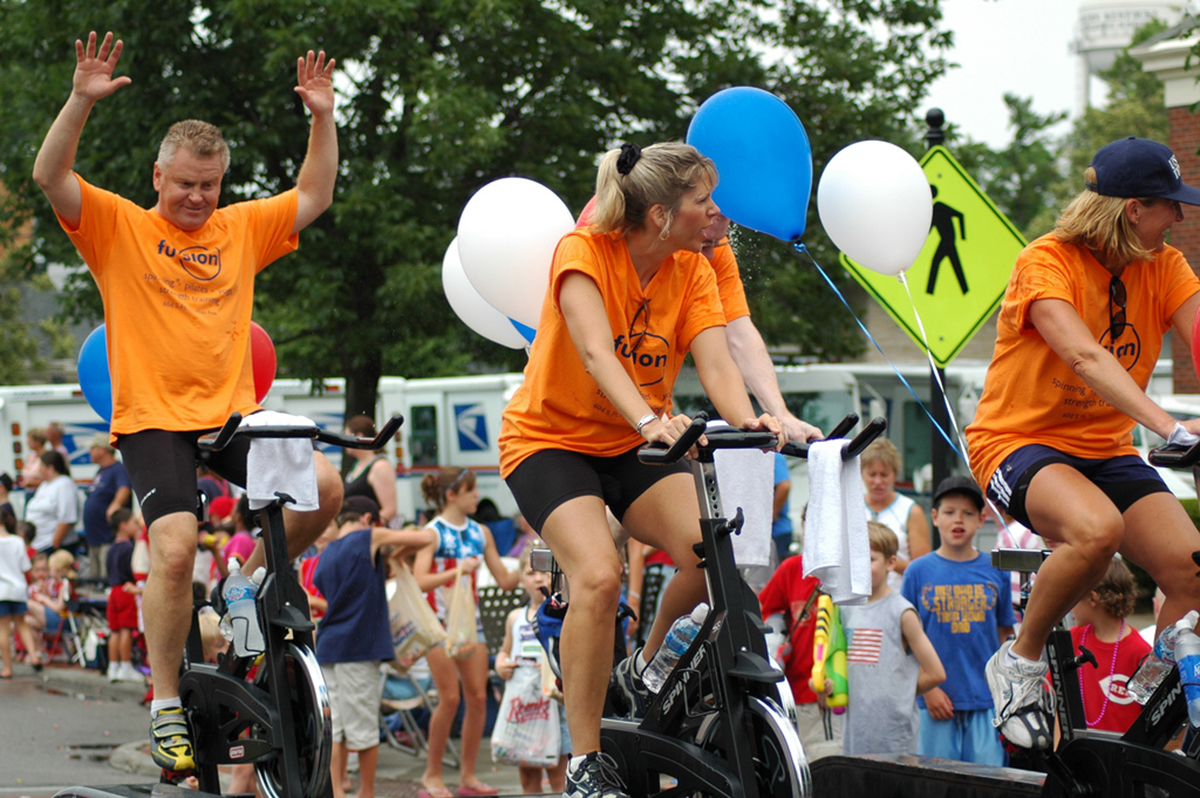Table of Contents
There are some predictable patterns of sudden death among children and teens that can give coaches, parents, teachers, and teammates clues for prevention.
- Sudden death on the playing field is more common in males than in females.
- Sudden death on the playing field is more common in American football and basketball than in track, tennis, swimming, or baseball. Weightlifting and hard core exercises almost never trigger sudden death.
- Sudden death on the playing field is more common among African-Americans than among other races.

The most common underlying condition that leads to sudden death in active children and teens is hypertrophic cardiomyopathy, a thickening of the heart muscle that is genetic in origin and that takes place over a period of years. The second most common underlying condition that leads to sudden death in this age group is congenital coronary artery disease, in which arteries in the heart are connected in an unusual way. Neither of these conditions is related to cholesterol or atherosclerosis.
Other conditions that can lead to sudden death in the young include viral cardiomyopathy, which is essentially a viral infection of the heart, Marfan syndrome, an inherited condition of the heart valves that is sometimes seen in unusually tall athletes, dilated cardiomyopathy, which is an enlargement of the heart for no known reason, and long QT syndrome and other conditions that cause an unusually fast heartbeat that leads to arrhythmia.
Making sure every student athlete has a physical exam by a doctor before starting sports helps spot some of these problems. The doctor will also need to know if anyone in the family died suddenly before the age of 50 due to unexpected causes, such as drowning, a fall, or a car crash, which could have been precipitated by sudden death. The doctor will listen for heart murmurs and for abnormalities in heart rhythms, and may also run an EKG. Many states require this medical exam before the beginning of each school year for continuing participation in sports.
Non-medical people should also be on the lookout for:
- Being unable to keep up due to shortness of breath.
- Chest pains during exercise.
- Fainting spells after either physical exertion or emotional stress.
- Dizziness, giddiness, or lightheadedness after physical exertion.
- Palpitations, skipped beats, or double beats during exercise or cool downs.
- Inability to keep up with teammates during practice.
READ Runner's Knee, Patellofemoral Syndrome
The only effective treatment for sudden death on the playing field is a defibrillator. Non-medical personnel should have access to an AED, an automated external defibrillator, which will search for shockable rhythms to restore the pulse. The AED should be within a minute's walk of every player at all times during the game. Not everyone who experiences sudden death will have a shockable rhythm, so there should also be a coach or other responsible adult who is trained in the use of CPR, or a certified emergency medical technician (EMT) or first responder.
Providing AED's and EMT's is expensive, but they save lives. Many schools now require them. With other measures to detect heart disease as soon as possible, sudden death can be prevented and lives can be saved even when it occurs.
- Maron BJ, Epstein SE, Roberts WC. Causes of sudden death in competitive athletes. J Am Coll Cardiol. 1986. 7: 204– 214.
- Maron BJ. Hypertrophic cardiomyopathy and other causes of sudden cardiac death in young competitive athletes, with considerations for preparticipation screening and criteria for disqualification. Cardiol Clin. 2007. 25: 399– 414, vi.
- Photo courtesy of pigpilot: www.flickr.com/photos/pigpilot/5725727517/
- Photo courtesy of kubina: www.flickr.com/photos/kubina/186864321/
- Photo courtesy of pigpilot: www.flickr.com/photos/pigpilot/5725727517/


Your thoughts on this